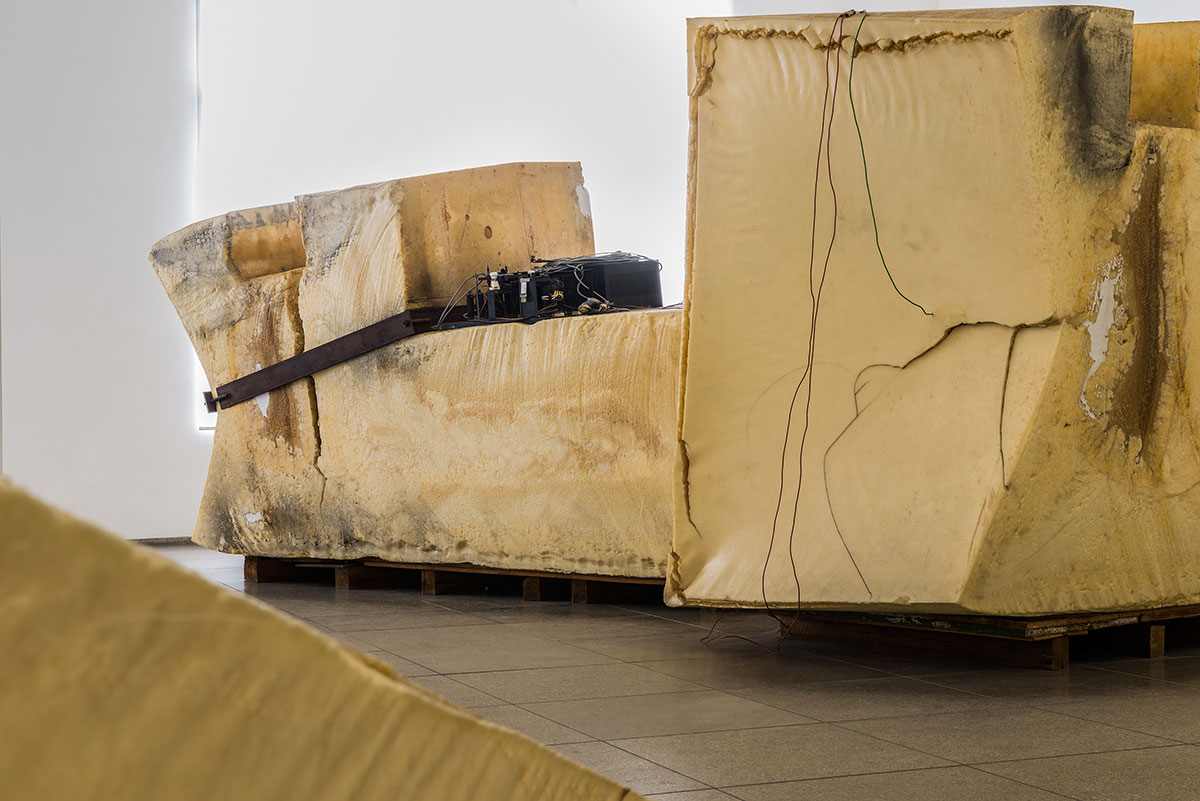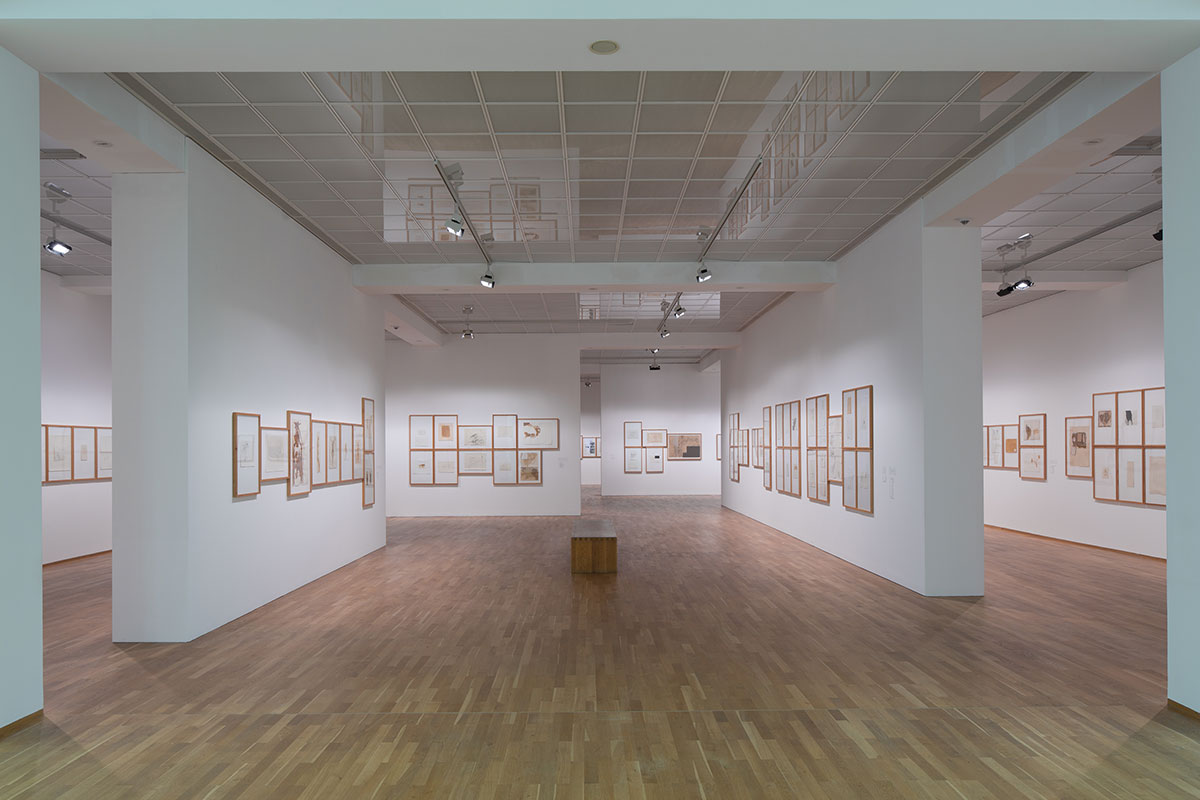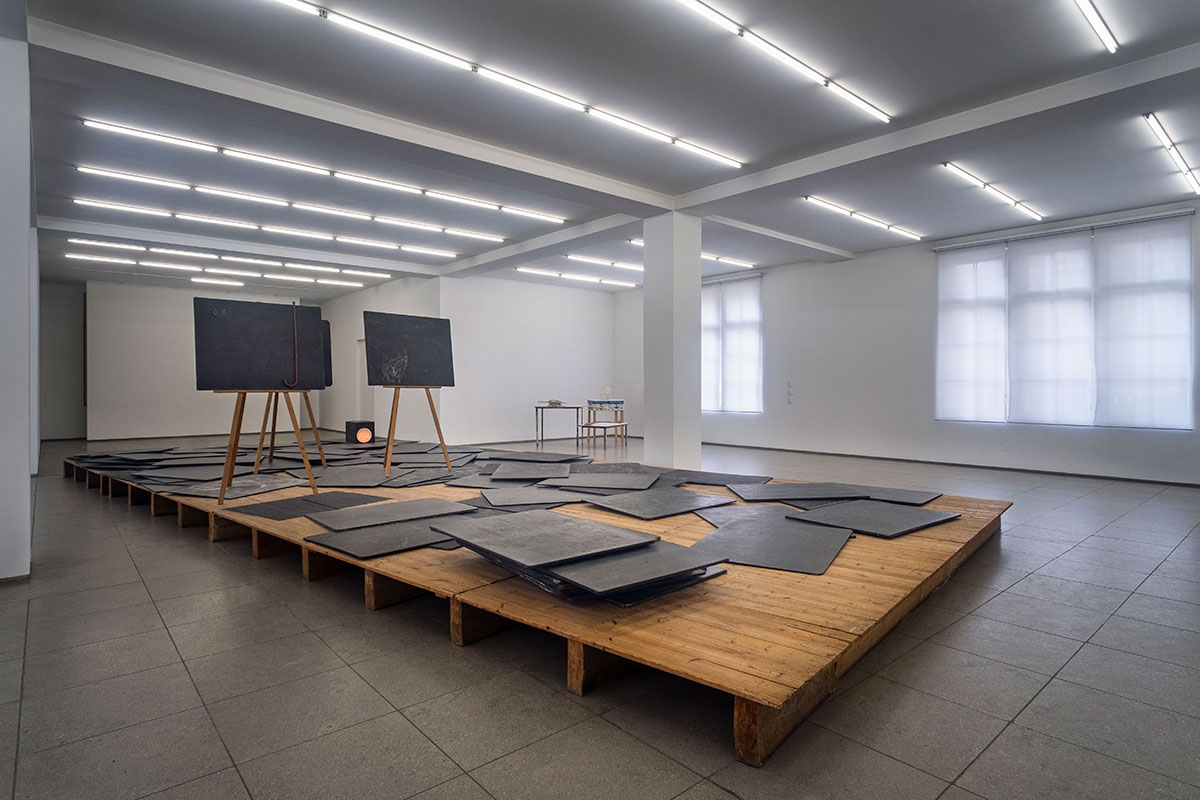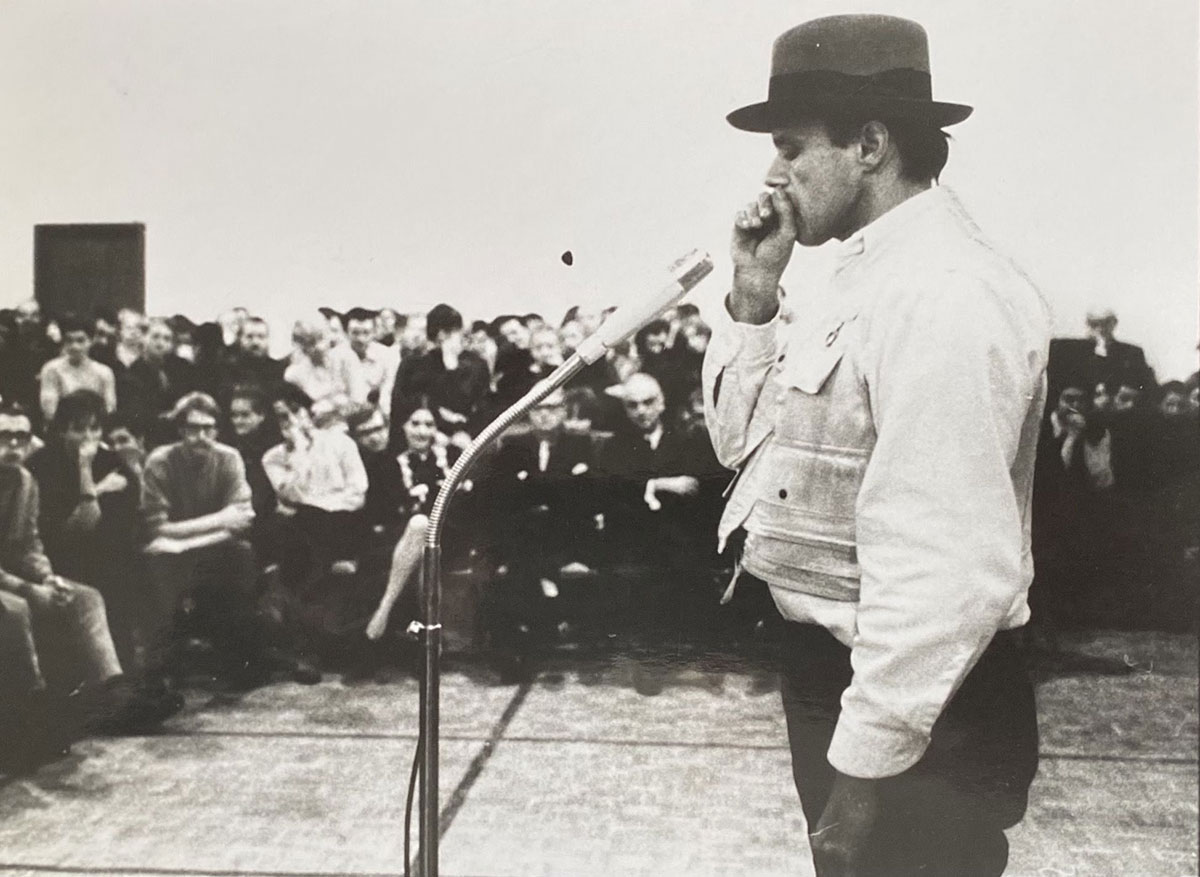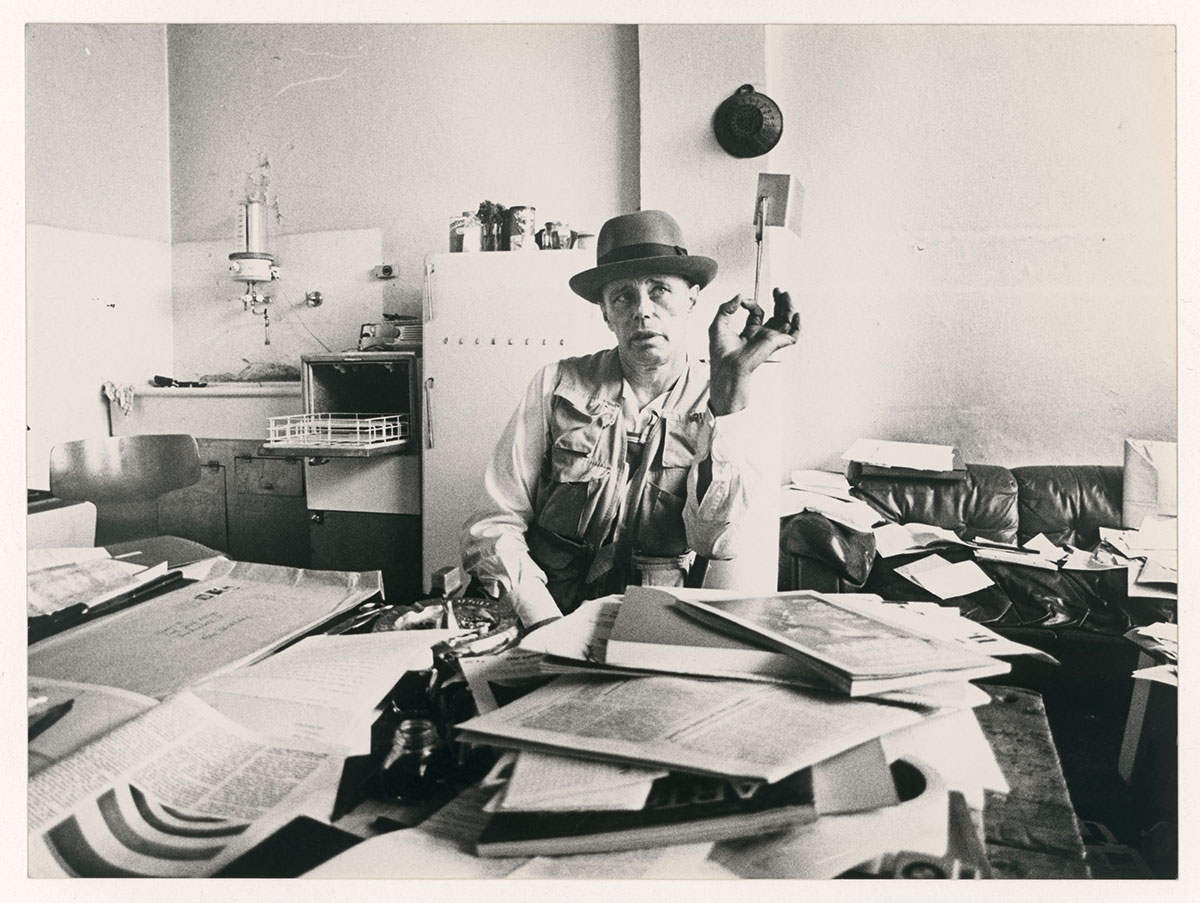ART CITIES:Berlin-Joseph Beuys
 Marking the centenary of Joseph Beuys’ birth, 2021 will see over 30 museum exhibitions taking place internationally in Europe, America and Asia.This year’s centenary programme celebrates Joseph Beuys’ life and work through curatorial approaches that consider his extensive oeuvre anew. Emerging as an artist in the midst of post-war German reconstruction, he claimed a unique role for art in the spiritual renewal of society, profoundly changing and expanding the prevailing concept of art. His enduring influence as a creative force has shaped and continues to inspire the art world and contemporary artistic practice.
Marking the centenary of Joseph Beuys’ birth, 2021 will see over 30 museum exhibitions taking place internationally in Europe, America and Asia.This year’s centenary programme celebrates Joseph Beuys’ life and work through curatorial approaches that consider his extensive oeuvre anew. Emerging as an artist in the midst of post-war German reconstruction, he claimed a unique role for art in the spiritual renewal of society, profoundly changing and expanding the prevailing concept of art. His enduring influence as a creative force has shaped and continues to inspire the art world and contemporary artistic practice.
By Dimitris Lempesis
Photo: Hamburger Bahnhof Archive
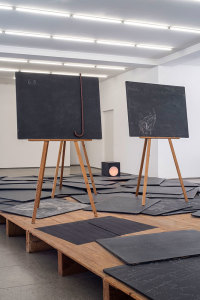
At the opening of his landmark show at the Schmela Gallery in 1965, Joseph Beuys could be seen whispering inaudibly into the ear of a dead hare that he cradled in his arms like a Madonna and child. With honey and gold leaf stuck to his face, he moved from one picture to the next, his muffled words drowned out by the scrape of a metal sole he’d tied to his right foot. Beuys’ seminal performance, “How to Explain Pictures to a Dead Hare” was not meant to be interpreted by words or linguistic expression. Instead, it aspired to a more natural form of communication that required the viewer to feel their way into his ideas. This so-called “Action” was typical of the imaginative, complex and idiosyncratic manner that Beuys approached communication: to lead humans beyond the rational and to expand their potential for thought and expression. “Even a dead animal” Beuys later wrote, “preserves more powers of intuition than some human beings”. Communication and language is at the centre of “Starting from Language”, a new exhibition at the Hamburger Bahnhof that’s been timed to coincide with the centennial anniversary of the artist’s birth. The exhibition encompasses more than 185 sculptures, drawings, installations, films, posters, and documents from various Collections. Language was very much a sculptural tool for Beuys, at the beginning of his artistic process was always an idea, which needed to be expressed through language. Beuys believed that every time the human mouth spoke and moved air it was producing “real sculptures”. It ties in with his most famous and revolutionary belief that “Everyone can be an artist, as long as they act in a conscious way and with conviction then everyone has the potential to create and potentially change society”. Beuys was a mercurial figure in part because of his self-mythologising, elevating himself and the role of the artist to a kind of modern-day shaman with the power to heal the world’s ills and re-energise spiritual thinking. After his death in 1986, he left behind an extraordinarily eclectic body of work which despite its huge significance is often considered abstract and impenetrable to those unfamiliar with his oeuvre.
Photo: Joseph Beuys, Himself, 1977, postcard, Edition Staeck, 10.5 x 14.8 cm, © VG Bild-Kunst, Bonn 2021 / Berlin State Museums, Art Library / Dietmar Katz
Info: Curator: Nina Schallenberg, Hamburger Bahnhof – Museum für Gegenwart – Berlin, Invalidenstrasse 50/51, Berlin, Germany, Duration: 13/6-19/9/2021, Days & Hours: Tue-Sat 10:00-18:00, Sun 11:00-18:00, www.smb.museum
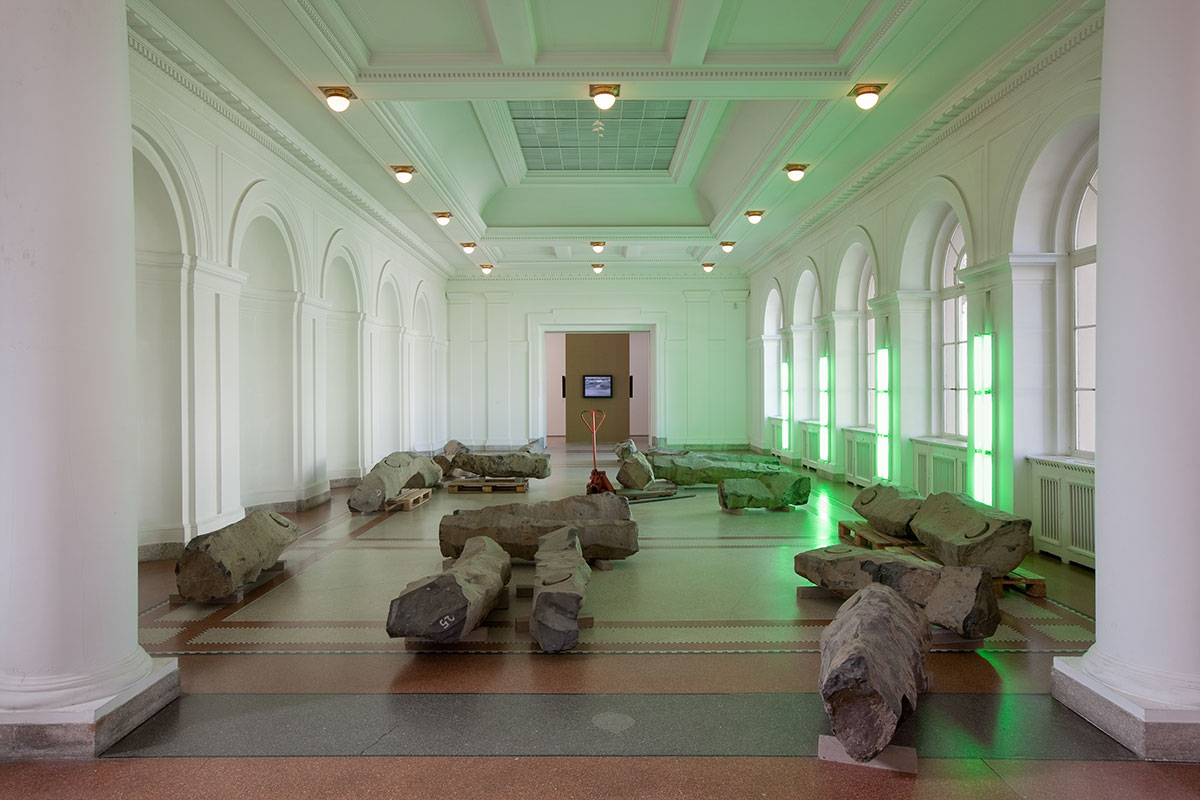
![Joseph Beuys, Tram stop. A Monument to the Future [2. Version], 1976, iron, 29 parts, 74 × 837 × 246 cm, © VG Bild-Kunst, Bonn 2021 / Staatliche Museen zu Berlin, National Gallery, Marx / Thomas Bruns Collection](http://www.dreamideamachine.com/web/wp-content/uploads/2021/06/08_Beuys.jpg)
